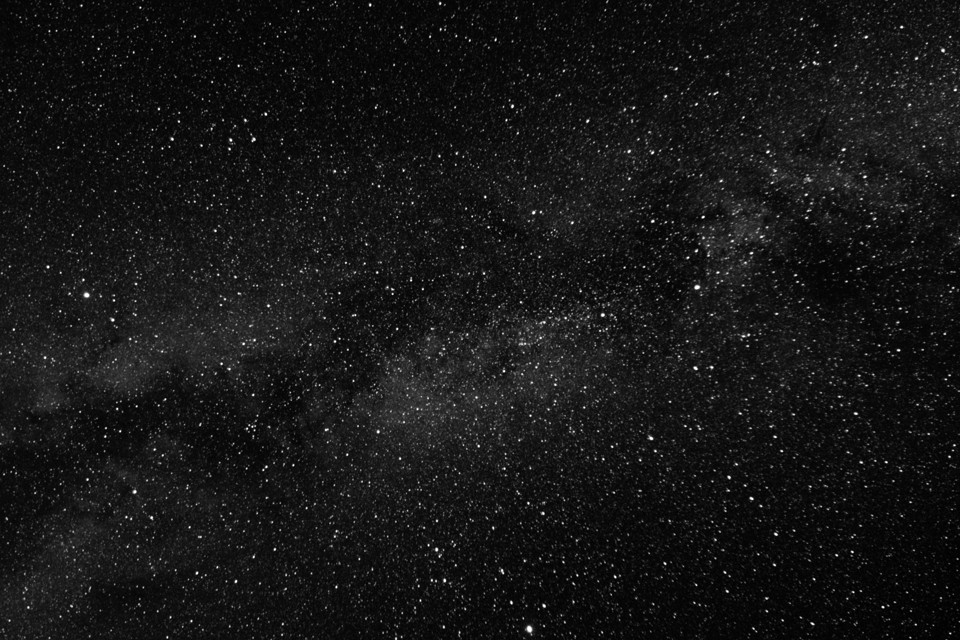Kepler Discovers Star Orbited By Mess Of Mysterious Objects
NASA's Kepler Space Telescope hunts for exoplanets that orbit distant stars but there are speculations that it may also have the ability to detect artificial structures, which could mean a discovery of an alien civilization. It is so advanced and has the ability to construct megastructures that can orbit around and harness energy from a star.
Some experts believe that mysterious objects surrounding a giant star called KIC 8462852 could be an alien megastructure. Kepler has been collecting data on this star for four years and detected an unusual light pattern.
Scientists who studied the star, which is located about 1,480 light years away from Earth, found that it emits light pattern far stranger than those seen on other stars.
Kepler finds exoplanets by sensing the dips in starlight from a host star. In the case of KIC 8462852, the dip drops slowly then rises faster. Its brightness appears to go up and down and then disappears totally, which seems like a random transit.
The light pattern suggests of a mess of objects that circle KIC 8462852 in tight formation and the mess was big enough it can block a substantial amount of starlight.

"KIC 8462852 was observed to undergo irregularly shaped, aperiodic dips in flux down to below the 20% level. The dipping activity can last for between 5 and 80 days," wrote Yale Postdoc and study researcher Tabetha Boyajian and colleagues. "We determine that KIC 8462852 is a main-sequence F3 V/IV star, with a rotation period ~0.88 d, that exhibits no significant IR excess."
The mysterious objects that orbit the star though were neither comets nor remnants from an asteroid impact, researchers said, adding that they have never seen anything like the star.
In a paper submitted for publication to the Monthly Notices of the Royal Astronomical Society journal on Sept. 11, astronomers also reported that the space telescope is not seeing things and that there was no instrumental error.
Jason Wright, an astronomer from Penn State University, said he thinks that the oddity could indicate an "alien megastructure".
"When [Boyajian] showed me the data, I was fascinated by how crazy it looked," Wright said. "Aliens should always be the very last hypothesis you consider, but this looked like something you would expect an alien civilization to build."
SETI researchers suggested the possibility of detecting distant extraterrestrial civilizations by searching for enormous technological artifacts that orbit stars. Wright said that that the odd starlight pattern is consistent with a swarm of artificial megastructures that may have been designed to harness energy from the giant star.

